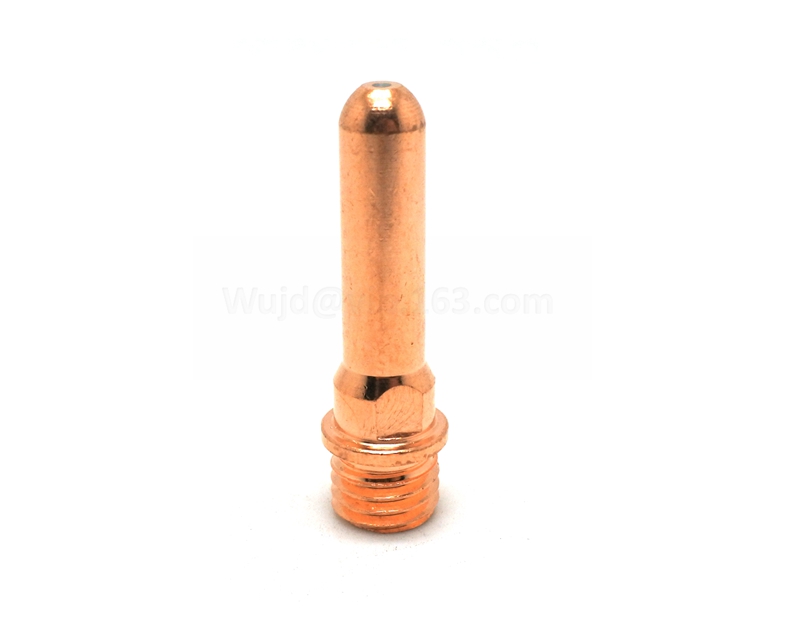Standard for inspection of welding materials
China welding consumables testing standards only stipulate the same type of electrode. The alkaline electrode can be used to acid the bar standard to test and evaluate, but different strength grades are not universal. The welding consumables with similar strength grades and welding properties are classified into one class according to ASME and A4PI1104. Welding consumables in the same group can be replaceable for testing within a limited evaluation range. Therefore, compared with foreign standards, domestic welding consumables testing standards are significantly behind. The main reason is that the standardization and standardization of domestic welding consumables are low, so it is difficult to unify the work of welding consumables detection.
China's tough timber inspection standards can be divided into three categories: one is self-compiled standards, the second is based on foreign standards, and the third is directly adopted by foreign standards. The national competent authority shall entrust relevant departments, associations, and other organizations to continue to produce classification tables for the test standards of translated materials compiled by ourselves, regarding foreign standards. The equivalent use of foreign test standards can be equivalent to the prescribed standards for evaluating the testing of the country's materials. Quite a several welding consumables inspection standards in China are equivalent or refer to AWS standards in the United States, which lays a good foundation for us to carry out this work.

At present, China's imports of materials and welding consumables varieties and a large amount. According to the existing GB 50236-2011, the imported material of each steel shall be tested and evaluated. Article B of JB4708-2000.5.3.2.3 stipulates that when foreign steel is used for the first time, the welding procedure shall be tested and evaluated according to each steel number (named according to the national standard). When the steel forging welding performance is mastered and its chemical composition is equivalent to that of the steel grades in the Classification and Grouping Table of Steel Number, and the steel grades have been qualified by the welding process, the imported steel may not be able to be evaluated by welding procedure inspection. The foreign steel may be classified in the classification group of steel numbers in the technical documents of this unit. While the latter is loose, the terms are very cautious. If the owner or supervisor does not approve, the production unit is difficult to operate.
The current domesticwelding consumables testing standards for welding process qualification requirements are too strict, each steel must be subjected to welding process evaluation, waste, and unnecessary. Reasonable testing and handling of imported materials, especially in developed countries, is a problem that must be solved as soon as possible. According to its mechanical properties and chemical composition testing, it is obviously unreasonable to put the rigidity into the domestic welding consumables classification table. However, it is reasonable to use X standard of grouping and classification testing of foreign welding consumables to meet the welding process evaluation standards corresponding to those of the producing countries. The same use of foreign advanced welding consumables testing standards is also an important way for China to formulate standards.




